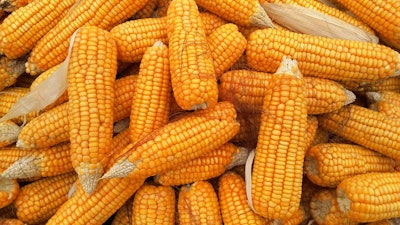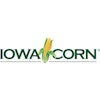
Chinese Corn Buy Not Fundamentally Based
The corn market had a hard time holding on to its euphoric rally on Friday following the announcement of China buying 300,000 MT of U.S. corn.
Given where U.S. FOB values are relative to other players (Brazil, Argentina, & Ukraine), plus the corresponding freight costs, we see U.S. CIF delivered prices of U.S. corn into China trading at about a $0.25 cent a bushel premium to Brazil and other competitors. In other words, it seems likely the transaction was more about China showing some modest good-will to the U.S. here and less about a long-term trade.
Indeed, U.S. values into all major buyers continue to be overvalued relative to most foreign competition which makes a strong export pace going into spring & summer a challenge.
What It Means for the U.S. Farmer: At the moment this COFCO export package is a good sign and has helped breathe life into the corn futures market. Regardless of the intent, a sign of good will during the trade negotiations or some type of preemptive move, the development represents some encouraging news for a market that has lacked almost any positive catalysts lately.
Egypt’s GASC Altering It’s Payment Terms For Grain Imports
Egypt, the world's largest wheat importer, will revert to a previous payment structure and will start to pay its grain suppliers within 180 days instead of “immediately”.
Egypt's state grain buyer GASC had said in January it would start immediate on-sight payment after obtaining financing from Islamic Trade Finance Corp for its international purchasing tenders.
Before the January announcement, GASC used a deferred payment system. The deferred payment system was used when foreign-exchange shortages and inflation plagued Egypt's economy, causing an appreciation in wheat prices offered to the state buyer at its international tenders.
On-sight payment means cheaper offers by suppliers because the cost of financing deferred payment would be taken out of traders' calculations when making offers to GASC at international tenders.
Cairo pays around $1.5 billion annually for the grain as part of a bread subsidy program on which many of Egypt's almost 100 million people depend.
One reason for the shift in payment terms may be a result of Egypt running low on foreign exchange reserves. Switching from a short term, “immediate” payment structure to a longer term structure can add to the cost of importing grains.
What It Means For The U.S. Farmer: Not much. It’s hard to ascertain how restructuring payment terms can be a direct benefit for the U.S. farmer. If Egypt’s foreign exchange reserves are running low, the political side of the global wheat trade can rear its ugly head. Meaning that perhaps other nations will compete for Egypt’s wheat export business by offering Egypt favorable state-backed payment terms to steer business in their favor. Meaning, perhaps countries in the Black Sea, Russia, are willing to offer favorable payment terms in exchange for GASC buying committed volumes of wheat.
The risk of trading futures, hedging, and speculating can be substantial. FBN BR LLC (NFA ID: 0508695)










